PROFESSIONAL PRACTICE
E- PORTFOLIO
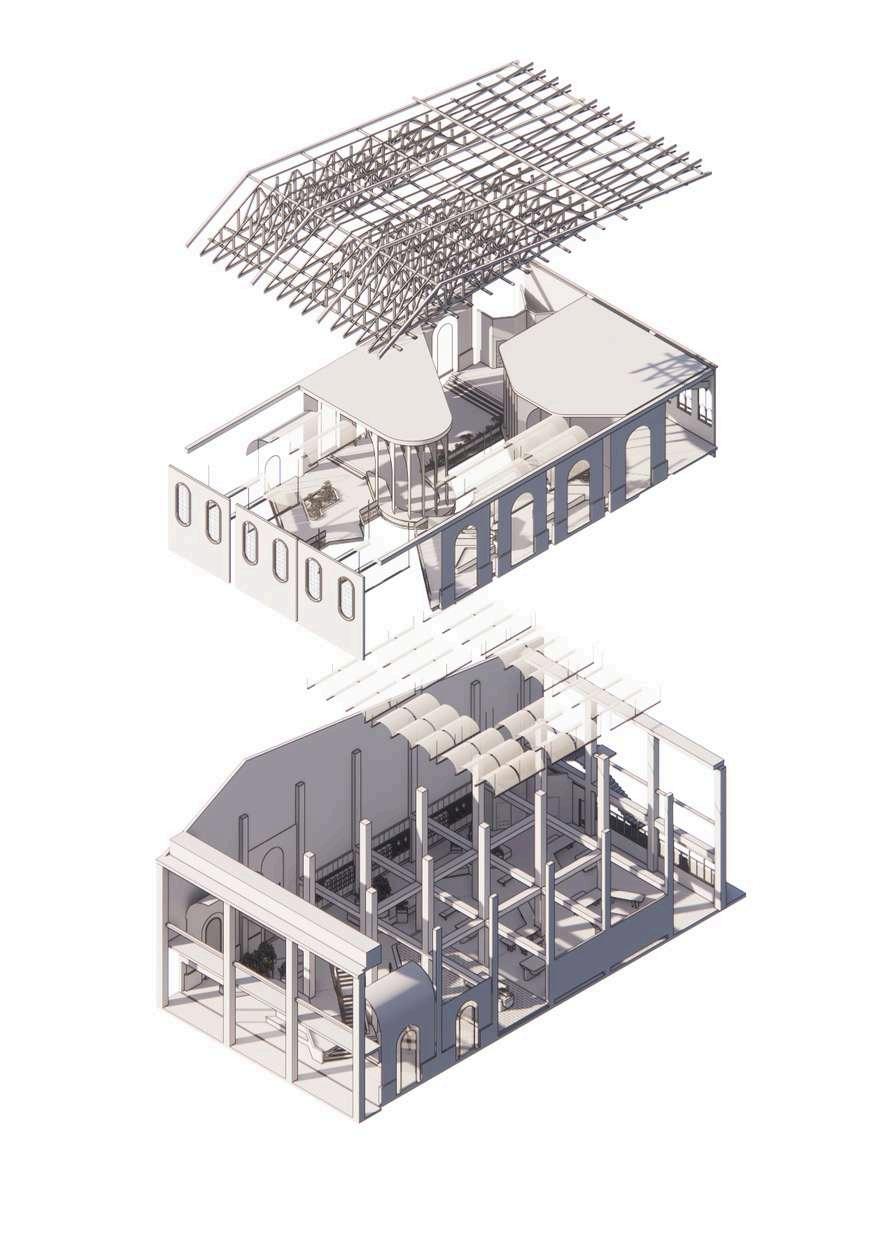

E- PORTFOLIO

This assignment introduces the standards of Professional Conduct and Practice, emphasizing the self-discipline and ethical responsibilities expected of Interior Designers registered with the Board of Architects Malaysia (Lembaga Arkitek Malaysia) Students will refer to key documents, including the Architects Act 1967, Architects Rules 1996, Uniform Building By-Laws 1984, PAM/MIID Contracts, and other relevant regulatory frameworks, to gain a comprehensive understanding of the profession's legal and procedural requirements The exercise includes exploring the Building Plan submission process, from initial approval to obtaining the Certificate of Completion and Compliance (CCC), alongside an explanation of GBI tools and criteria, including the ID and NREB tools, as applicable to their projects. This culminates in knowledge-sharing sessions where students will analyze and apply these principles to their individual projects
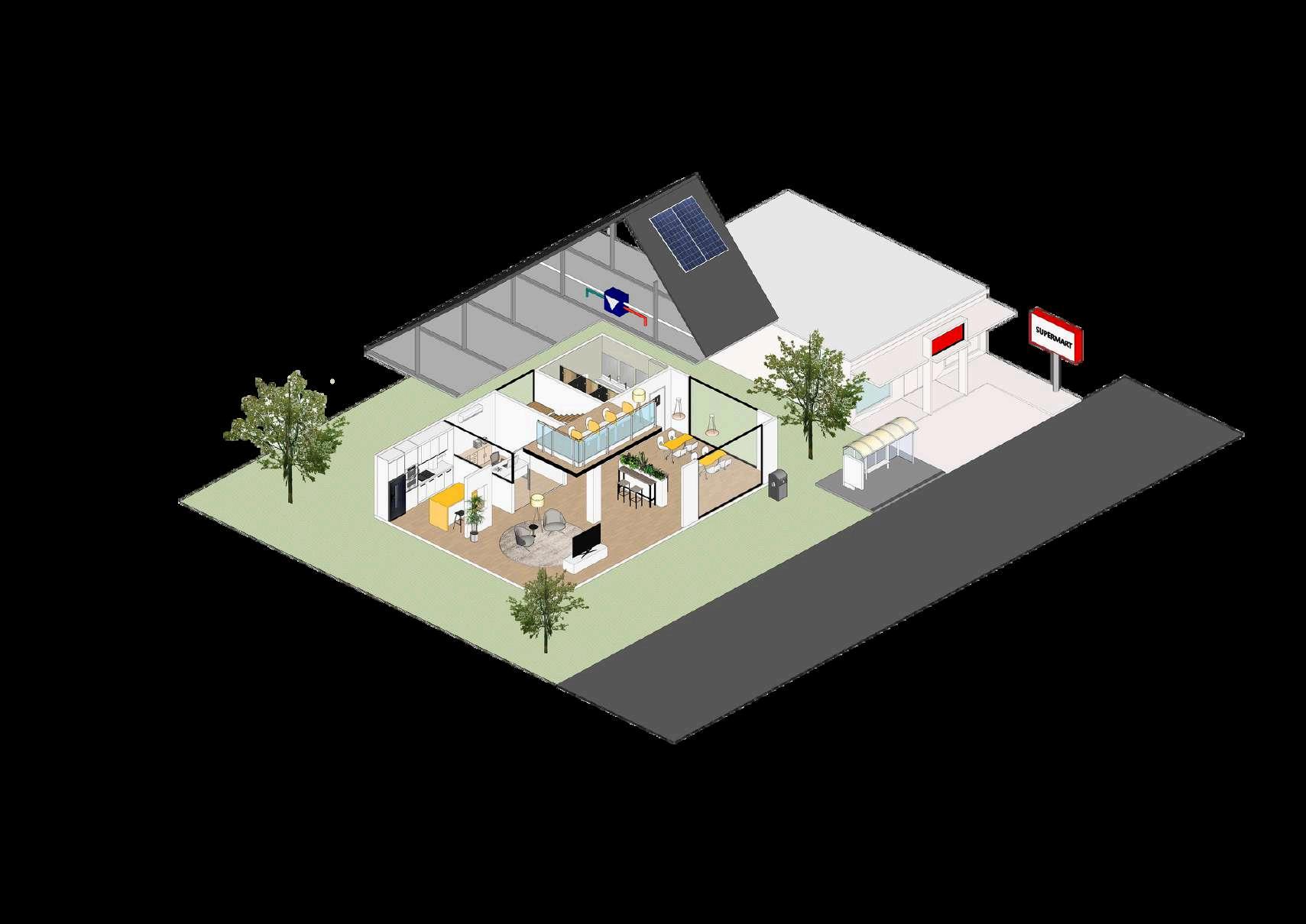




https://www.youtube.com/watch?v=TuV
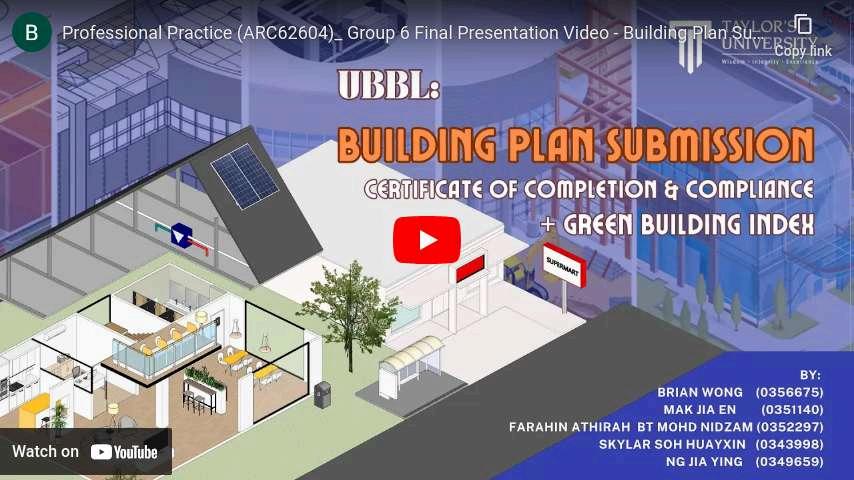
As a student participating in this assignment, I will delve into the standards of Professional Conduct and Practice to better understand the ethical and professional responsibilities expected of registered Interior Designers under the Lembaga Arkitek Malaysia. I will carefully study key legal documents, including the Architects Act 1967, Architects Rules 1996, Uniform Building By-Laws 1984, and PAM/MIID Contracts, to gain insights into the legal and regulatory framework governing the profession
Additionally, I will explore the process of Building Plan submission, from preparation to securing the Certificate of Completion and Compliance (CCC), and examine the GBI tools and criteria, including the ID and NREB tools, to understand their relevance to sustainable design practices. Through this assignment, I aim to enhance my knowledge of these professional requirements and actively engage in peer discussions to exchange ideas and perspectives. Ultimately, I will apply these insights to my individual projects, ensuring a practical and informed approach to design and compliance.
This task aims to foster democratic exchanges through an online forum where every student has a platform to voice their thoughts and be heard by their peers. By engaging in these discussions, students will gain both personal and academic benefits, enhancing professional interchange and collaborative idea-sharing As part of the task, students will form groups based on their assigned themes from Project 1 (AA, Contract, or UBBL) and propose two suitable abstracts by Week 4, following the provided format Weekly participation in the forum is mandatory for all students, as it contributes to their overall marks and facilitates communication and learning through electronic collaboration
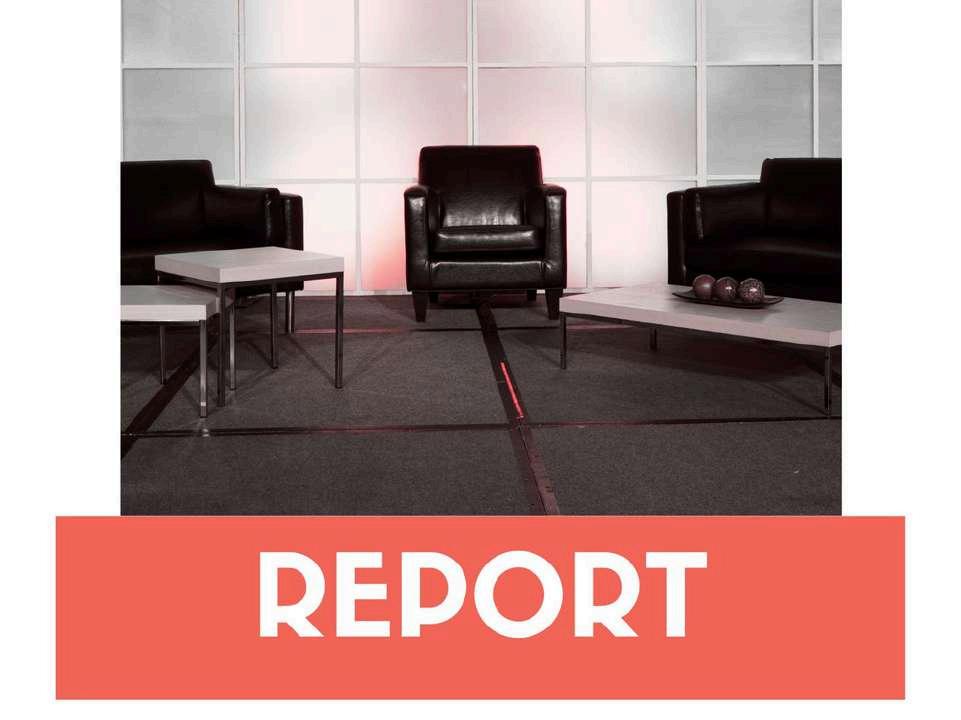
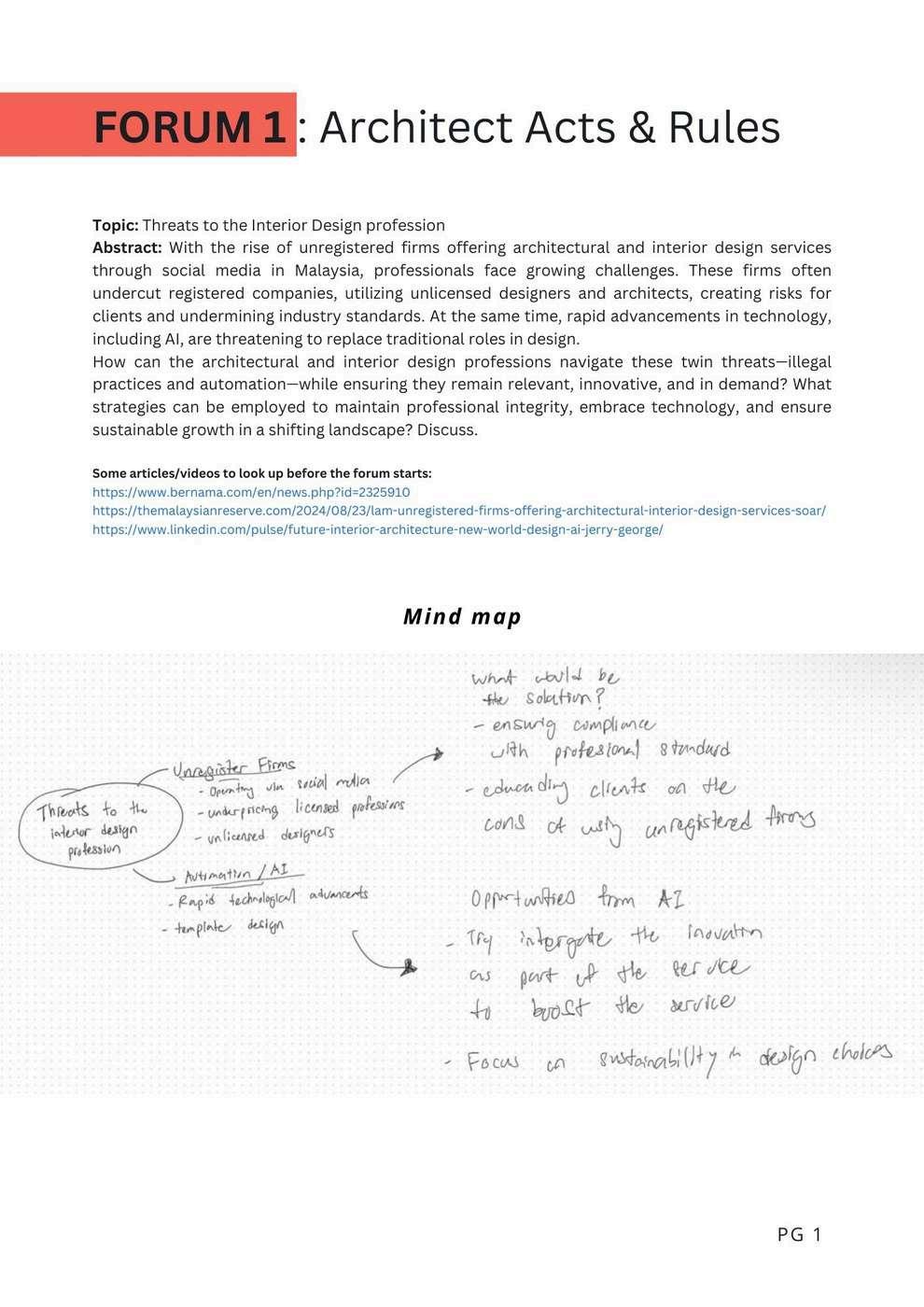
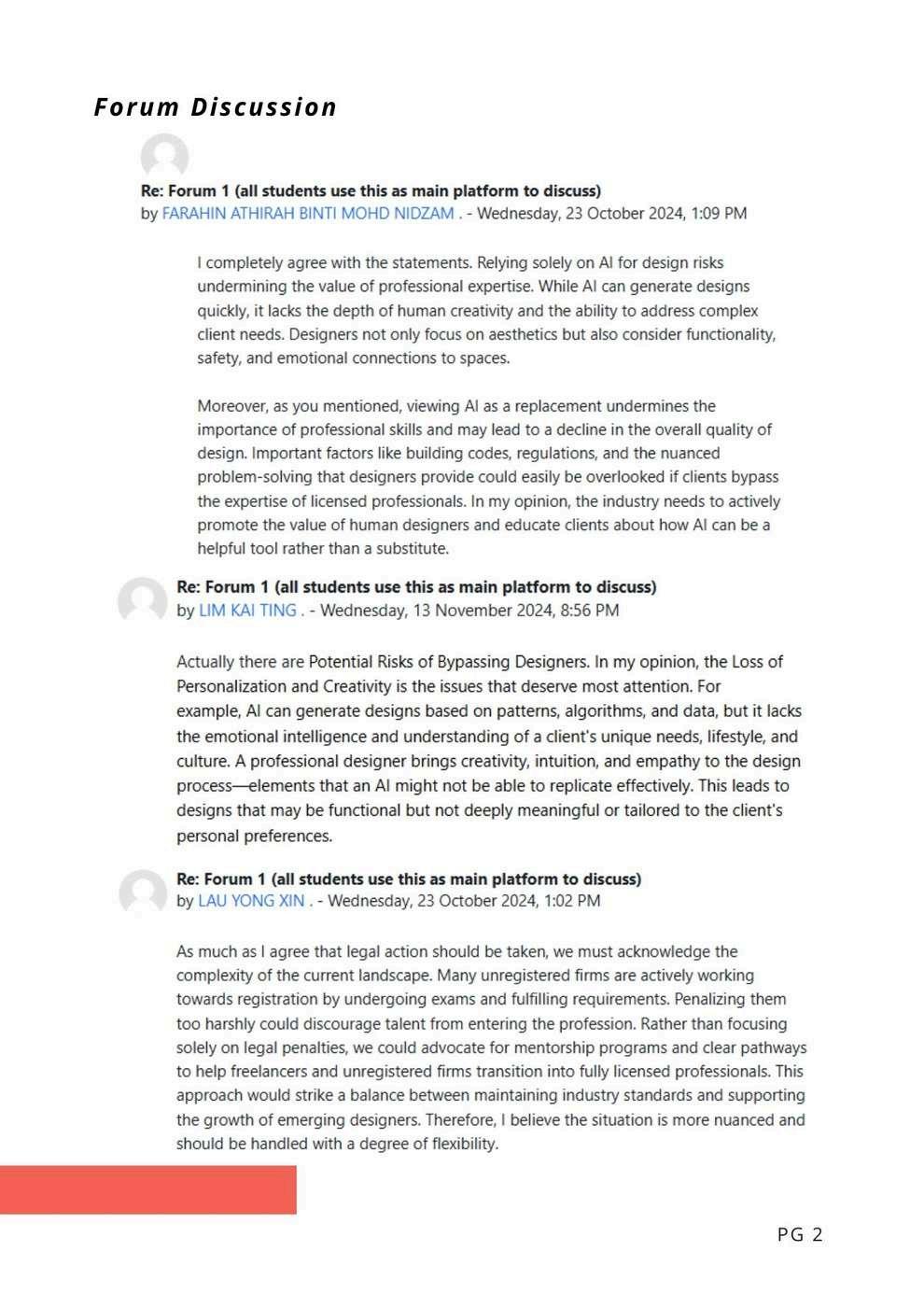
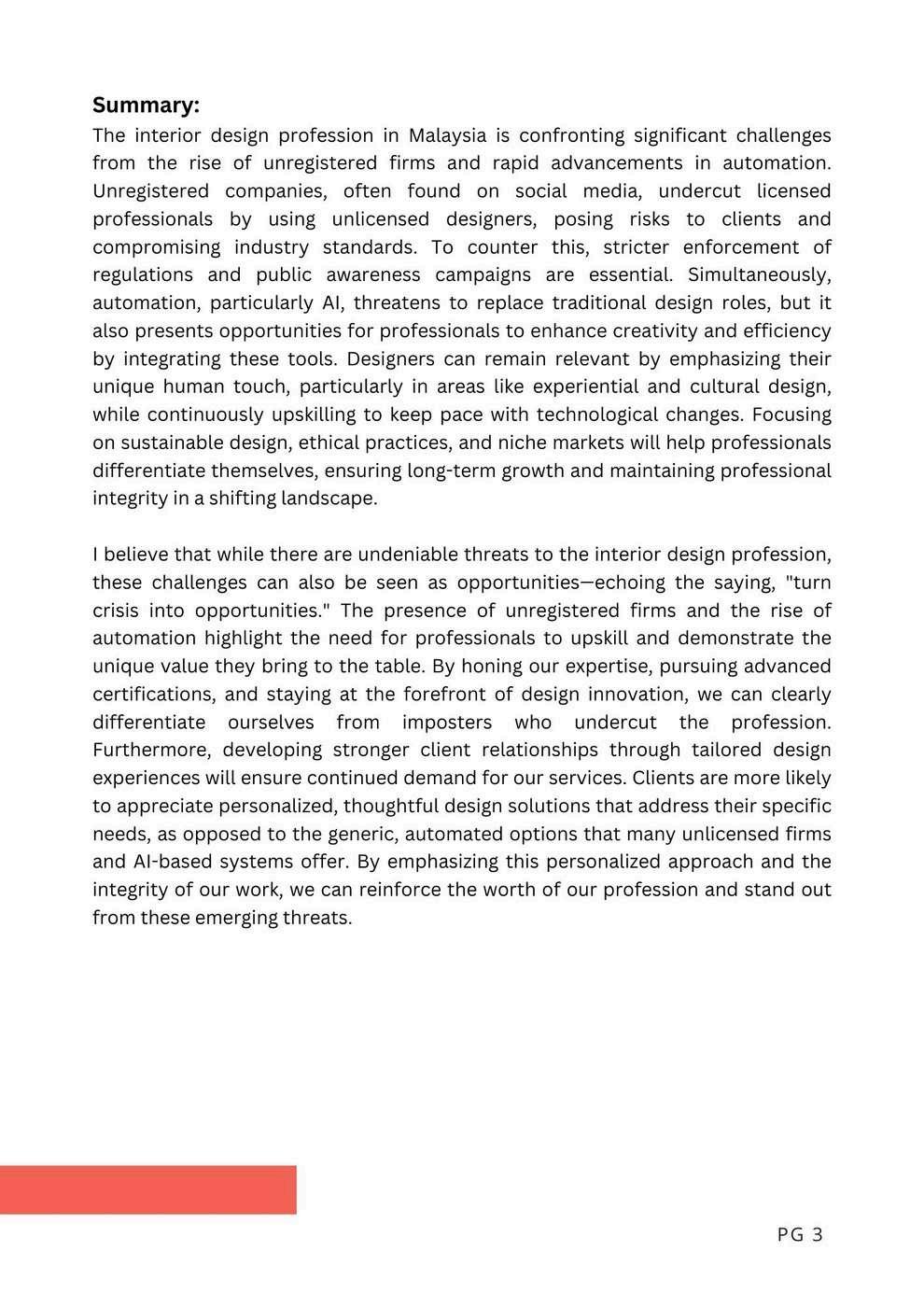
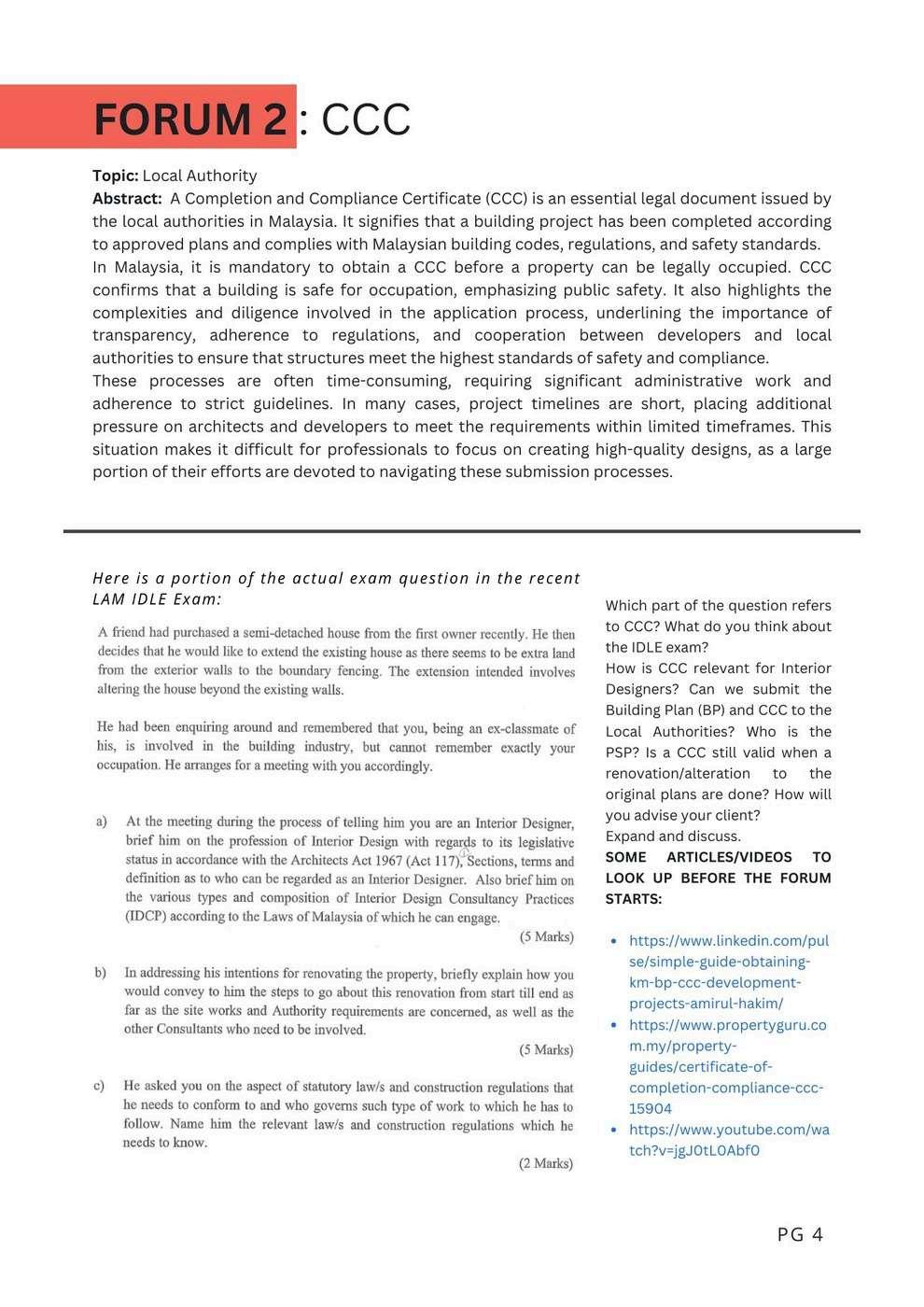
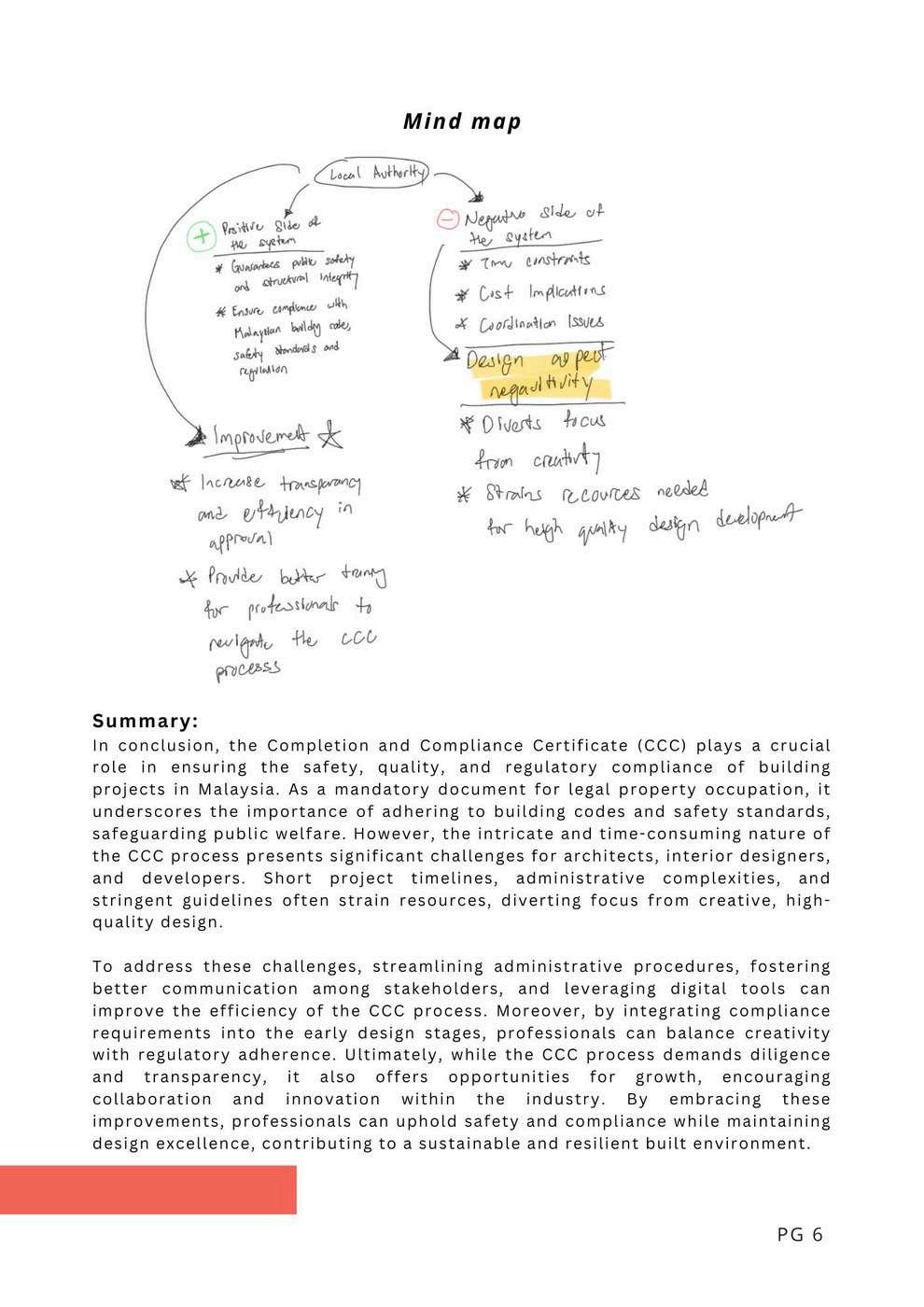
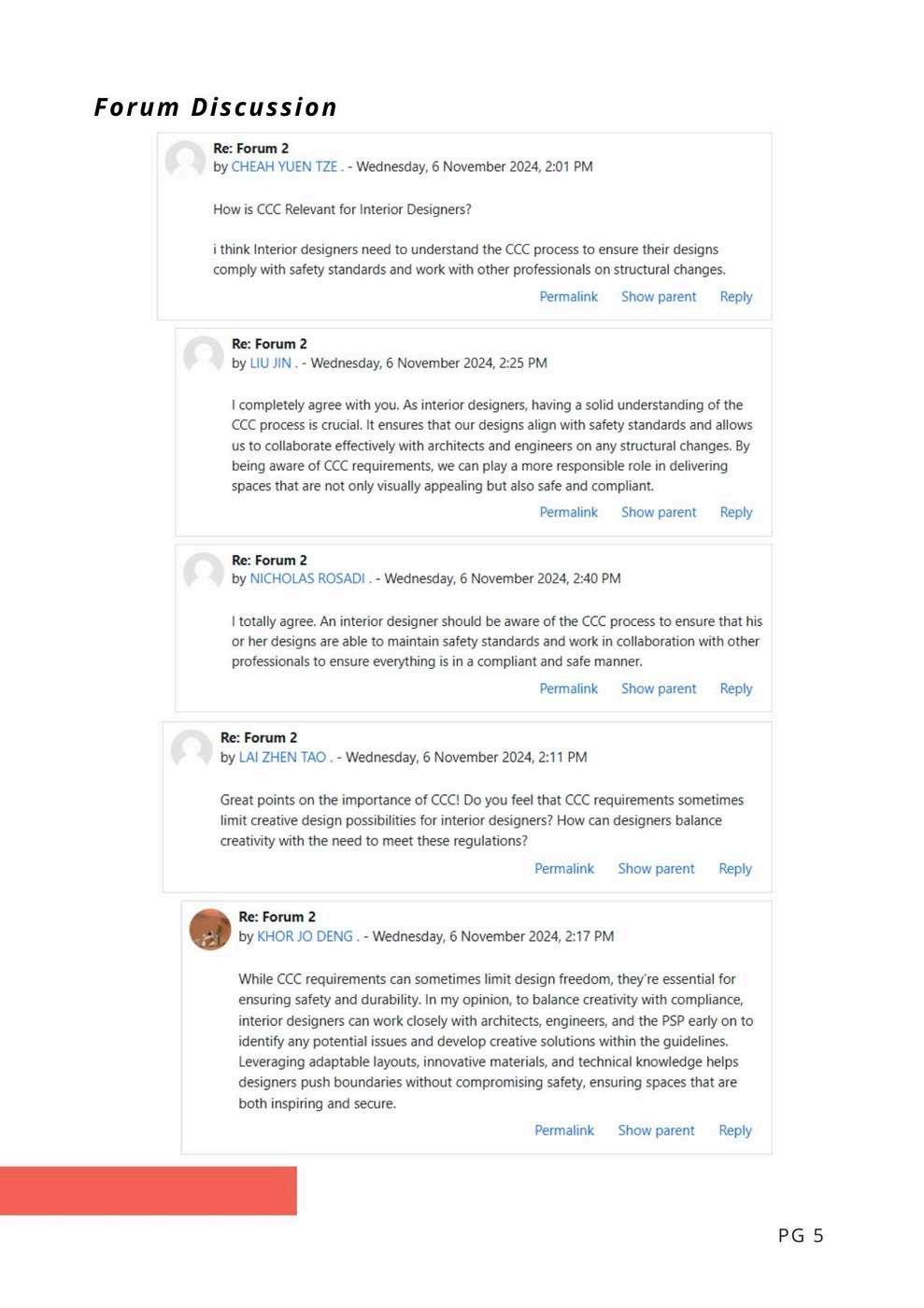



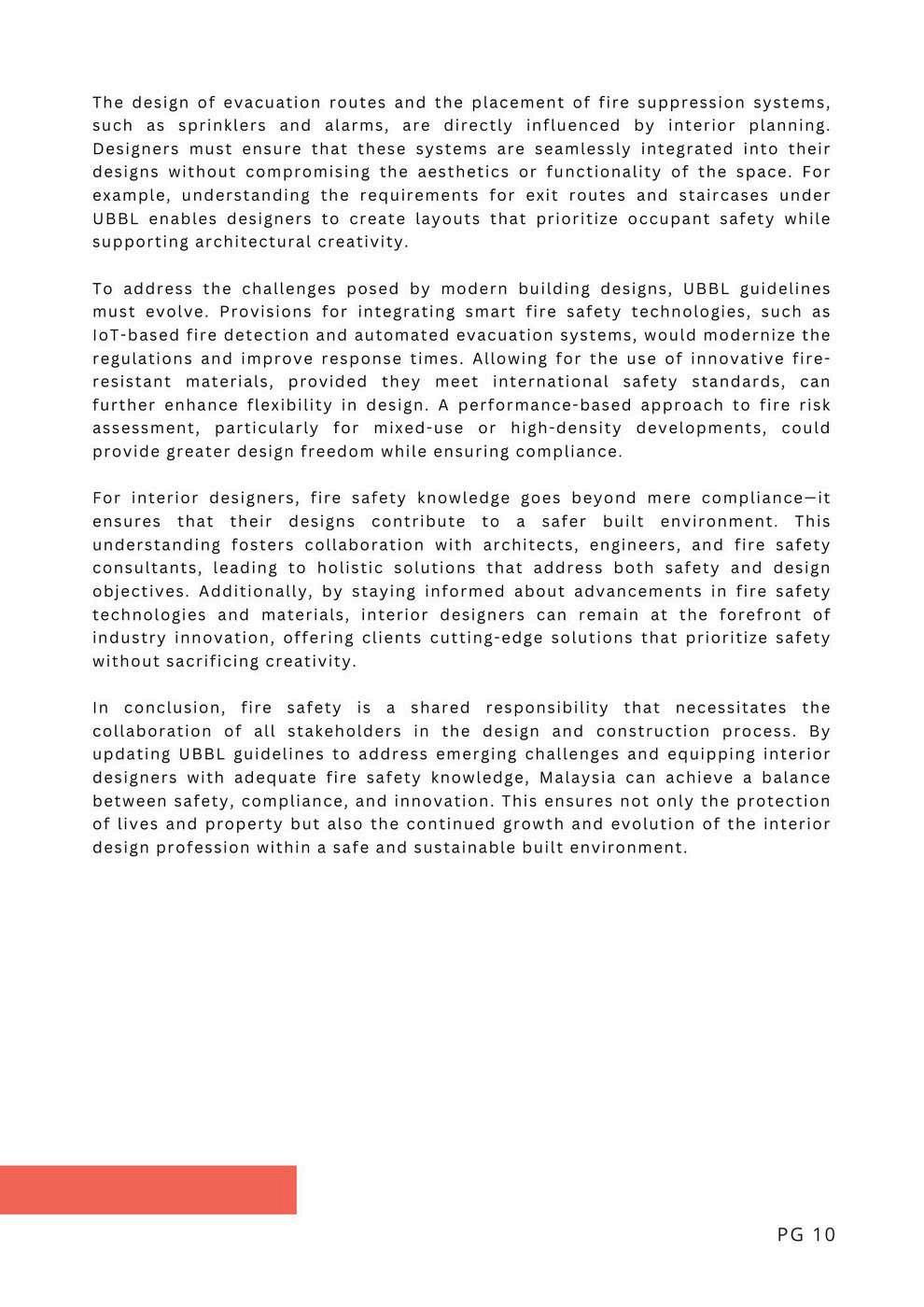



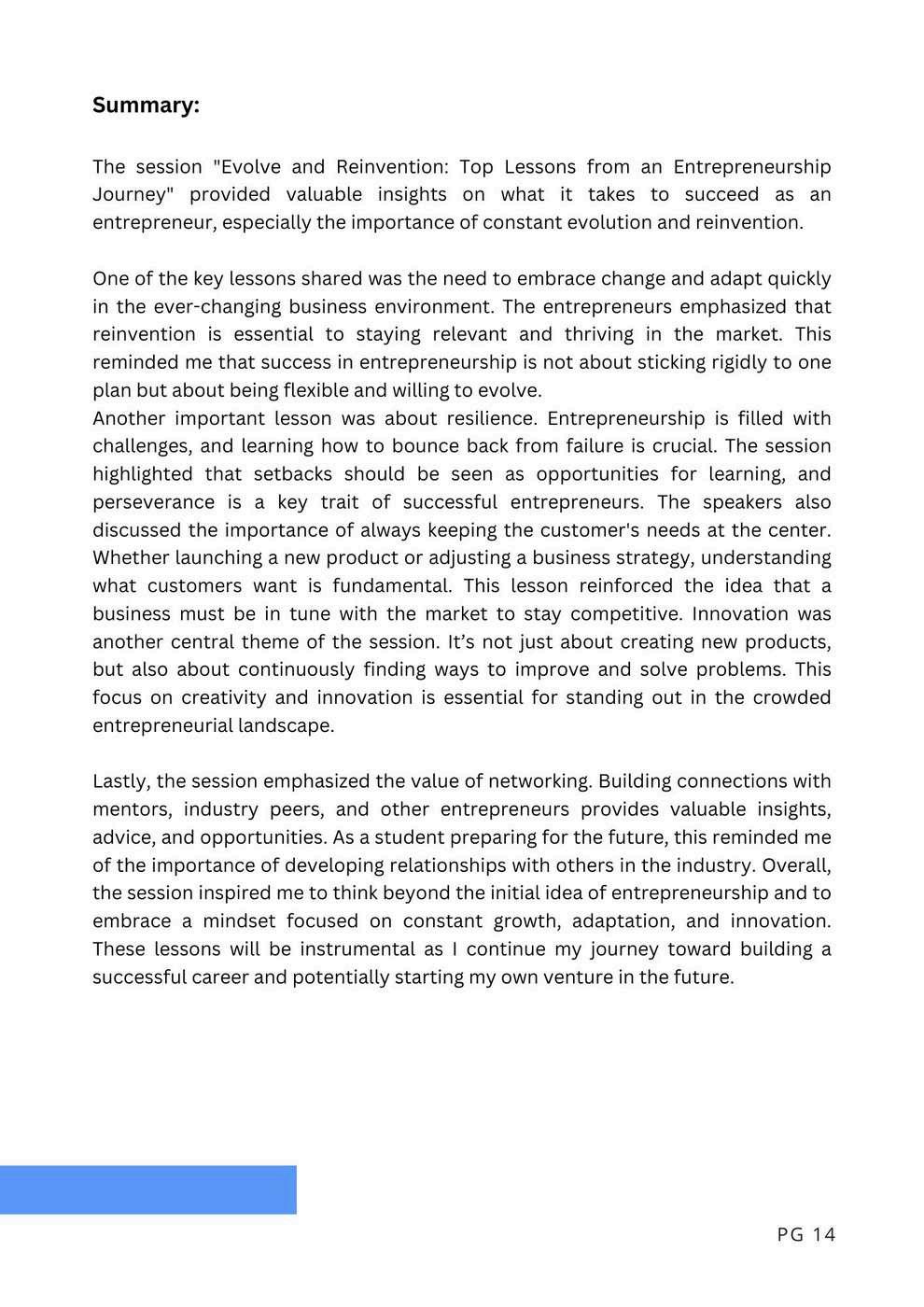
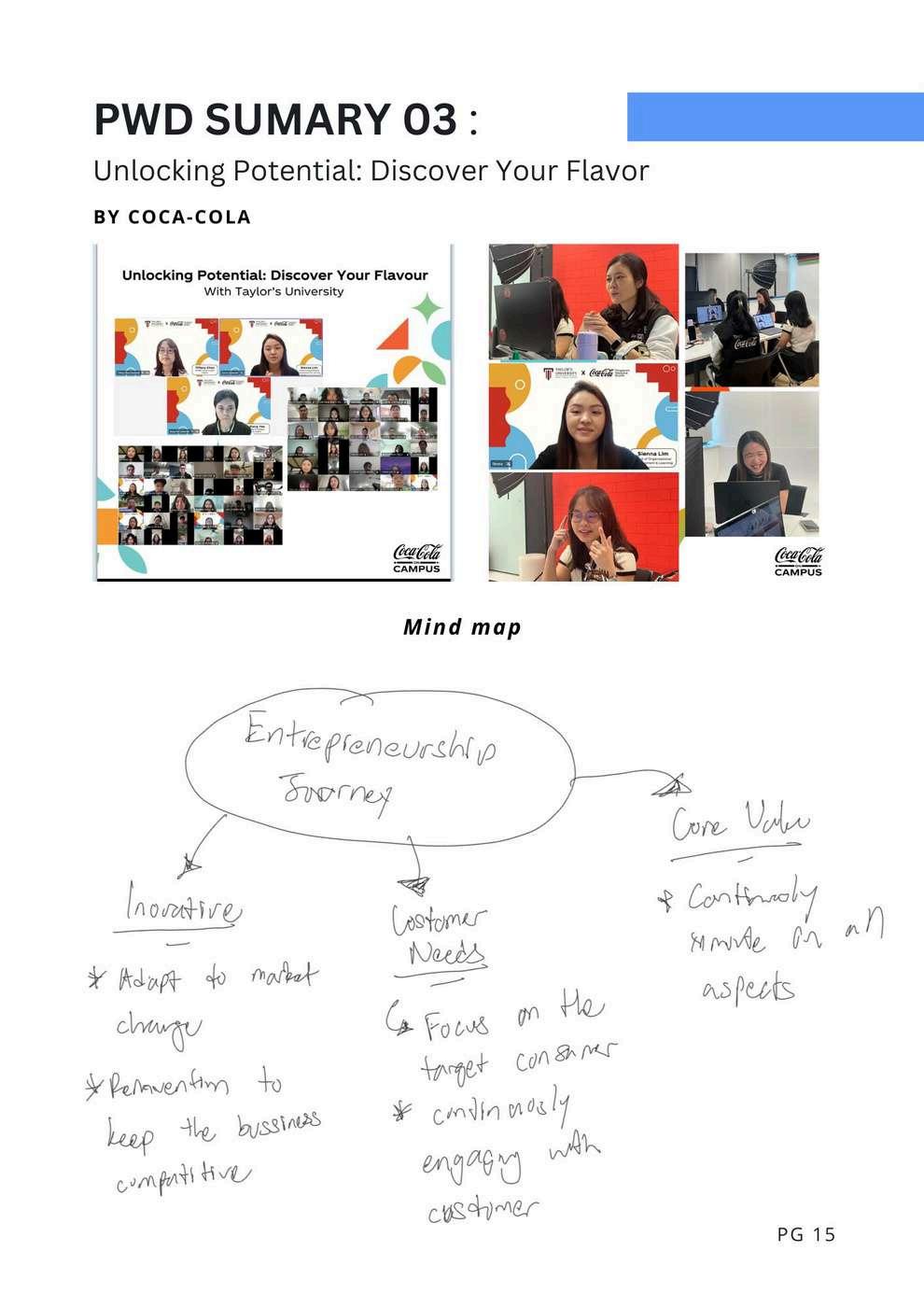

Professional Development Week at Taylor’s University was an inspiring and transformative experience that provided invaluable insights and learning opportunities. The forum discussions, in particular, created a dynamic platform for exchanging ideas, especially within the context of the interior design profession, helping bridge the gap between academic learning and real-world application
As a final-year student, I am truly grateful for the opportunities Taylor’s University provides to prepare us for the transition into the professional world Last week’s sessions were thoughtfully curated, featuring guidance from industry leaders who generously shared their expertise and practical knowledge. These interactions offered a unique perspective on what it takes to succeed in today’s competitive and evolving job market
The workshops and webinars were designed to address a variety of essential skills and challenges we will face in our careers. From learning effective networking strategies to developing resilience and adaptability, every session was packed with actionable takeaways One of the highlights was understanding how to position ourselves as future professionals, particularly by leveraging personal branding, communication skills, and an entrepreneurial mindset. The sessions emphasized the importance of storytelling when pitching ideas to clients, an aspect crucial to our profession Whether designing spaces or presenting concepts, being able to articulate a clear, engaging narrative is key to winning over clients and ensuring a project’s success. Additionally, the emphasis on innovation and staying updated with industry trends reminded me of the need to remain proactive and adaptable, qualities that are essential for excelling in the everchanging design landscape.
This week also underscored the importance of collaboration and exchanging ideas with peers and professionals The opportunity to engage in discussions and network with others in the industry was invaluable. These interactions not only broadened my perspective but also reinforced the idea that continuous learning and self-improvement are essential to long-term success. Overall, Professional Development Week was a comprehensive and enriching experience It equipped me with practical tools and strategies while reinforcing my confidence as I prepare to step into my professional journey. The lessons learned during this week will undoubtedly play a pivotal role in shaping my growth as an interior designer.
This assignment challenges students to reimagine and conceptualize the ideal architectural practice of the future by addressing common challenges faced by architects and designers and proposing innovative solutions and business models. Students will critically evaluate data from Project 1 to define their vision and mission for establishing a design company within a chosen business context. By reflecting on effective business practices, students will differentiate between various business formations (Sole Proprietor, Partnership, or Body Corporate), understand the process of setting up a design practice, and adhere to professional standards. Drawing on knowledge from Assignments 1 and 2, students will create a basic working paper outlining their future design practice with a realistic and resourceful approach, demonstrating creativity and a strong understanding of relevant acts and legal matters
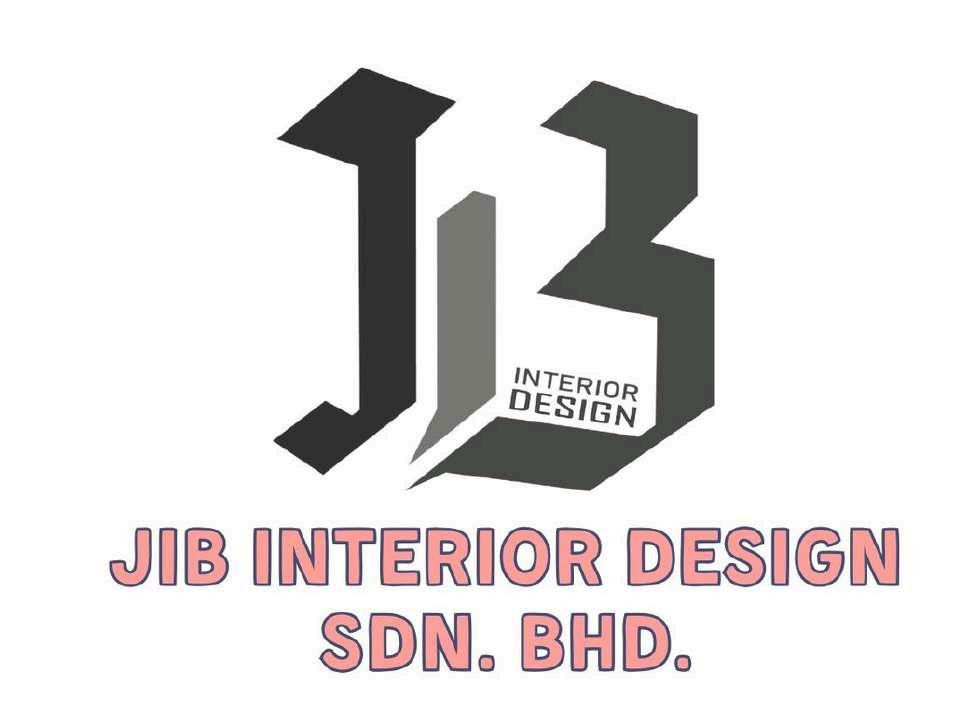




https://www.youtube.com/watch?v=TuV

As a student participating in this assignment, I will take on the challenge of envisioning an innovative and ideal architectural practice for the future. By analyzing the data gathered from Project 1 and building on my understanding from Assignments 1 and 2, I will critically evaluate common challenges faced by architects and designers and propose creative solutions and sustainable business models.
I will reflect on my vision and mission for establishing a design company, considering different business formations whether as a Sole Proprietor, Partnership, or Body Corporate and integrating effective business practices while adhering to professional standards of conduct. This process will involve planning, organizing, and crafting a realistic and resourceful working paper that outlines my envisioned design practice, ensuring it aligns with relevant acts and legal frameworks. Through this assignment, I aim to develop a clear and innovative approach to forming a design business while enhancing my understanding of the professional and legal aspects of the industry.
This assignment provides an opportunity for students to integrate the knowledge gained from Project 1 into their individual projects in AIAD2. Students are required to prepare a comprehensive and informative report presentation that demonstrates their understanding and application of regulatory, legislative, and technical provisions relevant to their projects The report must include detailed dimensions, accurate drawings (such as isometric views), and material specifications where necessary, ensuring a thorough representation of the applied provisions
Students will be evaluated on their ability to analyze, explain, and effectively apply this knowledge to their Final AIAD2 Project. This assignment emphasizes the importance of technical precision and legal compliance while fostering students' ability to communicate their understanding in a clear and structured manner By bridging theory and practice, the task aims to enhance students' problem-solving skills and their readiness to address complex challenges in their designs.
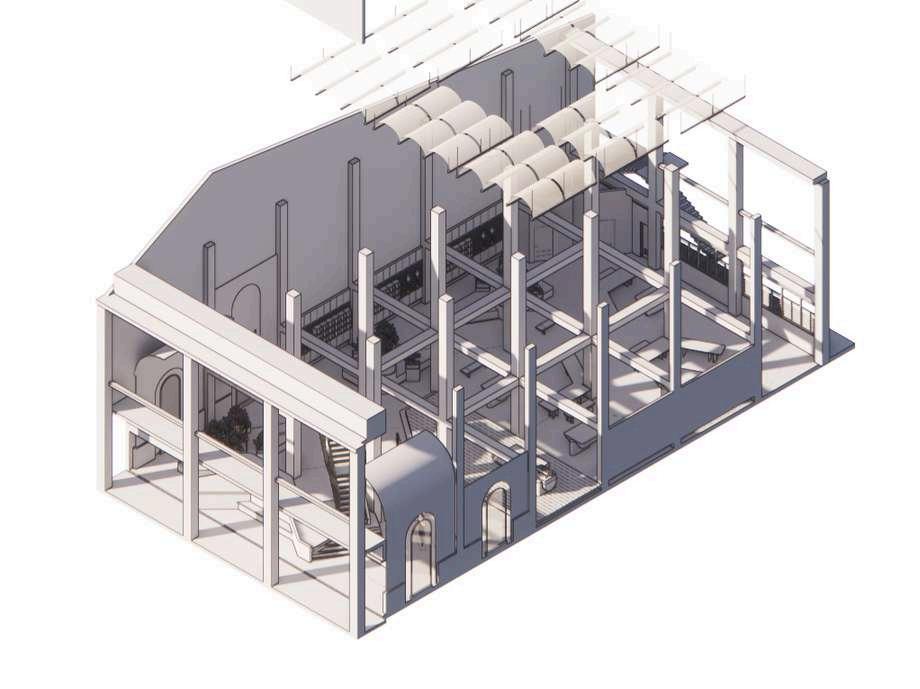




As a student participating in this assignment, I will apply the knowledge I gained from Project 1 into my individual AIAD2 project, ensuring that I carefully integrate the relevant regulatory, legislative, and technical provisions. My task will involve creating a detailed and informative report presentation that includes accurate dimensions, drawings (including isometrics), and material specifications where needed I will focus on illustrating how these provisions apply to my project, ensuring that every aspect is clearly explained and properly executed
Throughout this process, I will pay close attention to the technical details and compliance requirements, as these are critical in ensuring the success of my Final AIAD2 Project. I will strive to effectively communicate my understanding and the steps taken to address each provision, which will be a valuable part of my learning. This assignment will allow me to demonstrate my ability to connect theoretical knowledge with practical application, preparing me to tackle future design challenges while adhering to regulatory guidelines.